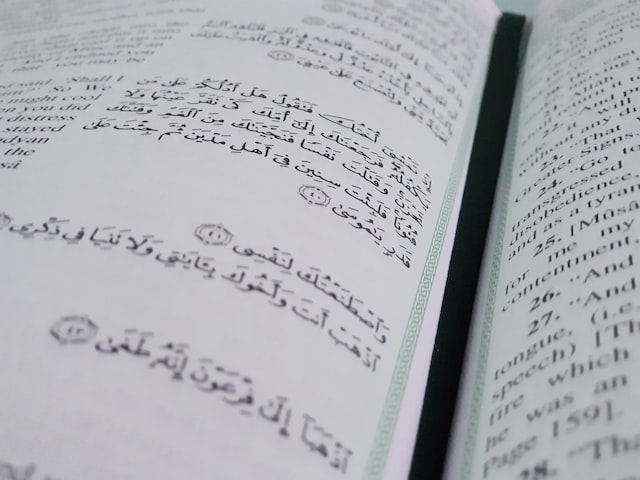Arabic is one of the oldest languages in the world. It has been around for thousands of years and is still spoken today by millions of people around the globe. As you learn Arabic, you will discover the history and culture of the Middle East.
The Origins of the Arabic Language
The Arabic language is one of the most widely spoken languages in the world, with over 360.2 million speakers. It is the official language of 22 countries, and people use it as a second language in many others.
Arabic has roots in the Semitic languages spoken in the Middle East for millennia. The earliest known form of Arabic is Old Arabic, which people spoke in the 6th century CE. This form of language began to spread throughout the Arabian Peninsula.
It then spread to other parts of the world. Modern Standard Arabic is based on Classical Arabic. Islamic believers use it in the Qur’an and it is the official language of many Arab countries.

Evolution Over Time
The Arab language has undergone a great deal of change over the centuries. People believe it originated in the Arabian Peninsula. The ancient Arabs who inhabited that region first spoke it. This language spread with the expansion of the Arab Empire then diverged into various dialects as different groups of Arabs settled in other parts of the empire.
Today, there are two main branches of the Arab language. The Arabic spoken by Arabs living in the Arabian Peninsula is one of them. Another one is the written Arabic used throughout the Arab world.
The spoken Arabic dialects are very different. It can be difficult for speakers of other dialects to understand. All Arabs can understand written Arabic; which people use for official purposes.
Other languages have also influenced the Arab language over the centuries. The most notable influences come from Persian and Turkish. These empires were introduced to the Arabs when they conquered those regions. Many words in the Arab language come from these two languages.
Despite these changes, the Arab language has remained a key part of Arab culture and identity. It is a source of pride for Arabs and is an integral part of their cultural heritage.
Arab Culture and Its Influence on the Language
The Arab language has seen a resurgence in popularity in recent years. This is partly due to the growing number of Arabs living in non-Arab countries. Arabs seek to maintain their cultural identity. The Arab world connects to the rest of the world through media and technology. They have made the Arabic language more accessible to people outside the Arab world.
Ways To Learn Arabic
One way Arabs and interested groups can learn and maintain their linguistic identity is by using Arabic media outlets. These are television channels, radio stations, and websites. These media outlets allow Arabs to stay connected to their culture and the Arab world. Another way is by attending Arabic language classes either offline or via online mediums.
While the exact origins of Arabic are unknown, it is clear that the language has a long and complex history. Arabic is a vibrant and beautiful language that grows in popularity worldwide. If you’re interested in this culturally and historically rich language, you can learn Arabic online.
Apart from that if you want to know about Milo Arthur Johnson then please visit our Edcation category.
